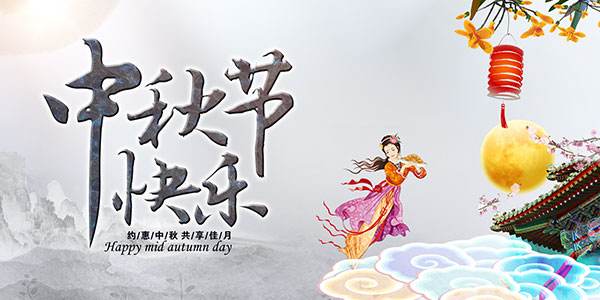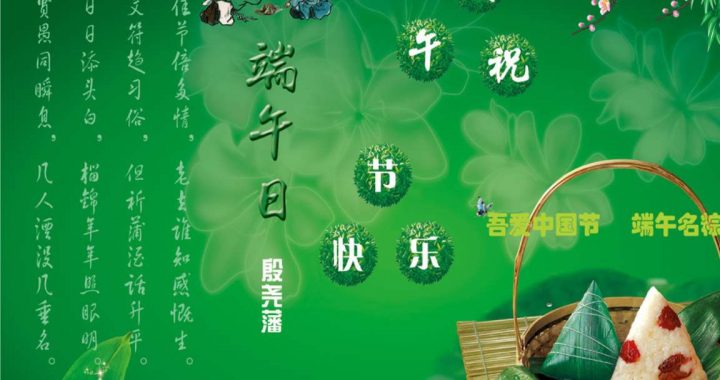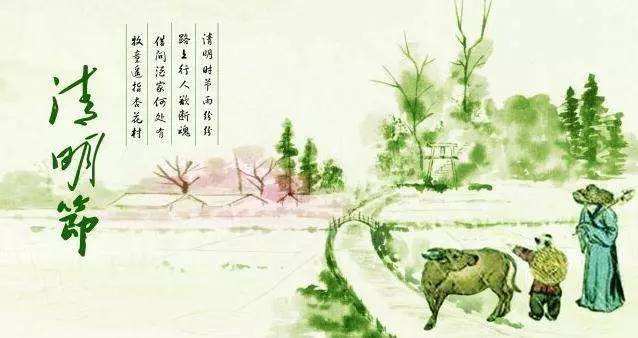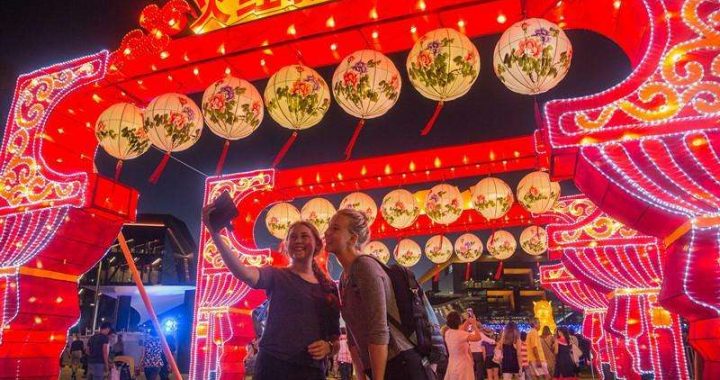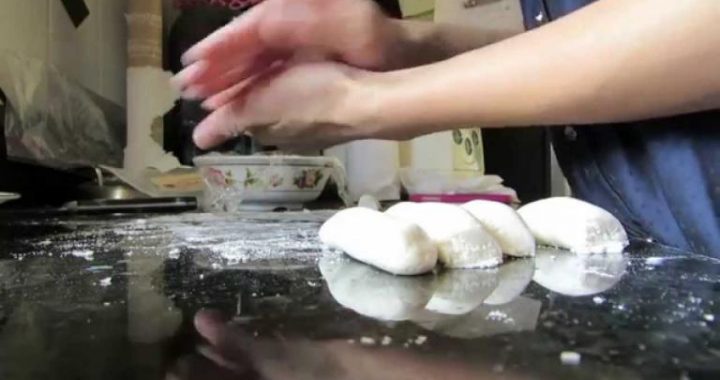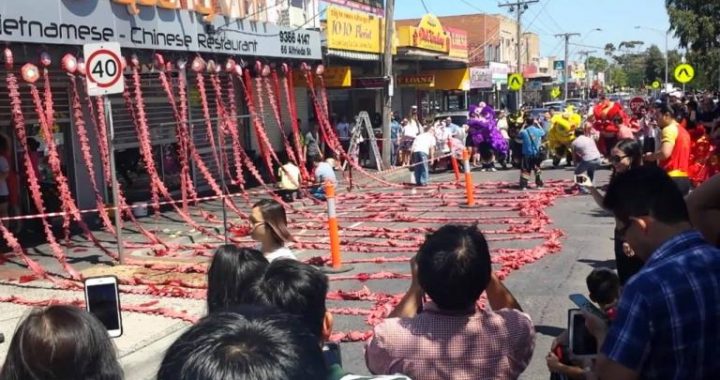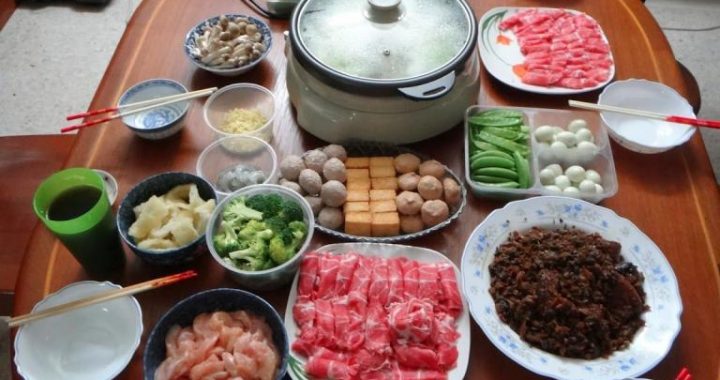Tomb-sweeping Day
9 min readChinese festivals are closely associated with the Chinese people’s religions and thoughts. No matter how clear and deep people’s understanding of religions, wizardries and sciences is, in the context of a festival,a certain conventional force, ie. holiness, still plays a role. In festivals, people ultimately realize physical and mental satisfaction and peace through spiritual belief, solemn attitude and standard behavior and practice. Because of the existence of such holiness, festivals have been passed down so resiliently. However, suchholiness of Chinese festivals is very complex, which is related to the Chinese people’s complex religious views. Among the numerous festivals, there are religious festivals thatoriginated from institutional religions such as Buddhism, Taoism and Islam but have been integrated with people’s secular life for long, such as Eid al-Fitr and Eid al-Adha celebrated by ten ethnic groups believing in Islam; there are festivals supported by folk religions with no strict doctrine or canon but related to local beliefs such as the three ghost festivals closely related to the Chinese people’s views about “gods, ghosts and ancestors”-the Tomb-sweeping Day, Festival of the Dead Spirits and “offering of winter clothes”on the 1st day of the 101h lunar month; festive customs influenced by primitive thoughts and animism such as sympathetic wizardries and contact wizardries are ubiquitous in numerous festivals.
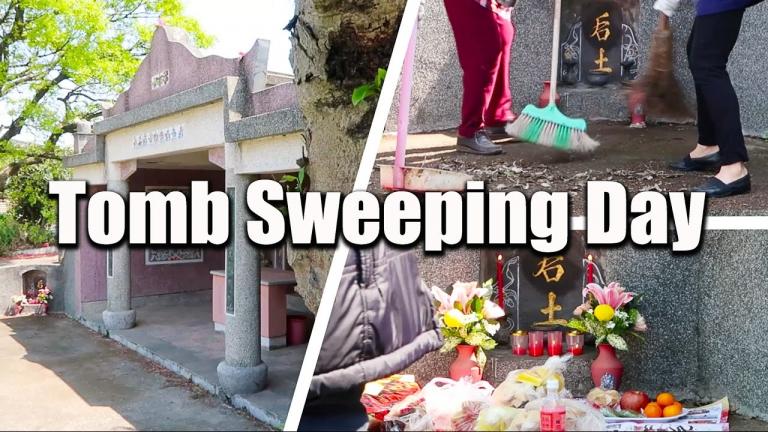
Tomb-sweeping Day: Heeding the Dead
The Tomb-sweeping Day is one of the most important Chinese traditional festivals. It carries not only people’s memories of dead family members, but also people’s yearningsfor regeneration in spring. More importantly, it helps to maintain family ties. The Tomb-sweeping Day, one of the few festivals named after solar terms, falls around April 5. It is also called the Pure Brightness Festival, the Spring Outing Festival, the Cleverness Festival, the Ghost Festival, the Willow Festival or the 3Td Month Festival shared by many ethnicgroups. In China with a vast territory and many ethnic groups, Tomb-sweeping Day periods and customs are different in different regions and ethnic groups, but the basic themes ofthe festival are mainly offering sacrifices to ancestors, sweeping tombs, going outing for entertainment and praying for bumper harvests.
Zitui Steamed Buns
Zitui steamed buns were originally tribute offered by people in Shanxi and the north of Shaanxi to commemorate Jie Zitui who would rather die than be tied to fame and glory. Jie Zitui was an aristocrat in the Jin State during the Spring and Autumn Period. He was in exile with Prince Chong’ er(who later became Duke Wen of Jin). After Duke Wen of Jin returned to the Jin State, he gave handsome rewards to people accompanying him, but Jie Zitui did not come to collect the reward and became a hermit in the Mian Mountain (in today’s Jiexiu, Shanxi) with his mother. Later, Duke Wen offered an official post to him, but he declined resolutely. Duke Wen had no choice but to set fire on the mountain to force him out, but unfortunately, Jie Zitui and his mother were burned to death in the mountain.
The Tomb-sweeping Day developed on the basis of Pure Brightness, one of the 24 solar terms. As the name of a solar term, the phrase “Pure Brightness”emerged in pre-Qin ancient books and records -for example, it is recorded in Book of Yizhou on Seasons that”on the day of Pure Brightness, phoenix trees begin to flower.””All things on earth grow then, and everything is bright and clean,”hence the name of Pure Brightness. As a festival, Pure Brightness was formed in the Tang Dynasty(618-907). The Tomb-sweeping Day is very closely related to another important festival of the traditional Chinese society,i.e. the Cold Food Festival. People were prohibited to use fire and ate cold food during the festival, hence the name Cold Food Festival. The Cold Food Festival period was 105 days after the winter solstice, while Pure Brightness was about 106 or 107 days from the winter solstice.
The two festival periods were linked. In the Ming and Qing dynasties, the Cold Food Festival disappeared basically, and some festival customs were also gradually integrated into the Tomb-sweeping Day.
In Chinese traditional concepts, people’s souls do not perish after death but exist in another form and pay attention to and influence living people and life in another space.Therefore, the Chinese people take the attitude and behavior of deeming death as life when treating people’s life and death, the thought of ancestor worshipping is deeply rooted in people’s hearts, and emphasis is attached to funerals and sacrifices. In Analects of Confucius, there is a saying:”Heed the dead, follow up the past, and the soul of the people will again grow great.””Heed the dead”means holding funerals for parents or ancestors, and “follow up the past”means holding activities of offering sacrifices to ancestors. The Tomb-sweeping Day is an important day when sacrifices are offered to ancestors. As the folk proverb goes,”on the day of Pure Brightness, rain is incessant and every family visits ancestors’ graves.”On every Tomb-sweeping Day, people in both cities and the countryside go to graveyards with joss sticks, candles, joss paper, delicacies and fruits of all seasons, offer sacrifices and renovate tombs.

There are many forms of ancestor worshipping on the Tomb-sweeping Day: some people offer sacrifices to ancestors on the basis of clans, and some people offer sacrifices to ancestors on the basis of families. There are mainly two activities during the visit to and renovation of tombs-hanging and burning joss paper, and the other is renovating tombs, but the times and manners are slightly different across regions. Manchus in Fushun City, Liaoning Province never burn joss money during the grave visit on the Tomb-sweeping Day but cherish the memory of ancestors by sticking”Fodo”on the grave mound. Fodo is an article symbolizing Manchu goddesses made by Manchus by hand:a willow branch about 15 meters long with a string of corncobs tied with colorful paper stripes. In various villages of Anshui City, Guizhou, people visit graves of the earliest ancestors in Guizhou on everyTomb-sweeping Day in families. Their activities include: arranging the earliest ancestors’graveyards, burning joss sticks in front of the tombs and putting “tomb marks”on the grave mounds, killing chickens or pigs and dedicating them in front of the earliest ancestors’ graveyards, kowtowing in front of the tombs or dedicating “offspring chicken”of various families visiting the graves successively, preparing and presenting sacrifices, holding sacrifice ceremonies or announcing and discussing matters such as compilation of clan trees, setting off firecrackers and fireworks, and having a meal together at last. In Heze City, Shandong Province, ceremonies of offering sacrifices to ancestors on the Tomb-sweeping Day are held in various clans’ ancestral temples. At first,”ancestral residence pictures”with the names of lost family members are hung up, then “ten bowls”and “two dishes”of sacrifices including roast chicken and carp are offered, and people coming to worship ancestors salute ancestors. Through the degrees of complexity of ancestor worshipping ceremonies in various regions are different, the Tomb-sweeping Day is still full of vitality in China with profound traditions of ancestor worshipping. There are still folk sayings such as “those who do not offer sacrifices to ancestors on the Tomb-sweeping Day will become pigs and dogs after death”and “if there are offspring, joss paper is hung on the Tomb-sweeping Day, and if there are no offspring, there is nothing on the grave mound.”
Apart from people’s ancestor worshipping prevalent on the Tomb-sweeping Day, public memorial ceremonies on the Tomb-sweeping Day with long traditions also exist abundantly in reality in Chinese society. Public memorial ceremonies on the Tomb-sweeping Day are collective memorial activities organized by public groups such as the government on the Tomb-sweeping Day. Some are for worshipping the earliest culturalancestors such as the Yellow Emperor and Yan Emperor, some are for worshipping past sages of the society such as Confucius and Li Bing who built Dujiang Weirs, and some are for worshipping revolutionary martyrs such as Sun Yat-sen. At present, on every Tomb-sweeping Day, college, high school and primary school students in China are organized to dedicate wreaths to martyrs’ graveyards and sweep martyrs’ tombs. On every Tomb-sweeping Day, the famous Babaoshan Revolutionary Cemetery in Beijing is crowded with people who come to sweep tombs in an endless stream.
It should be noted that the practice of “welcoming city gods and offering sacrifices to fierce ghosts (i.e. ghosts with no site for sacrifice)”was popular in the Ming and Qing dynasties. Various prefectures and counties set up altars for fierce ghosts, and the Ministry of Rites promulgated determined rituals and elegiac addresses compiled by imperial order, prescribing that local governments should organize a city god tour and offer sacrifices on the Tomb-sweeping Day, the 15th day of the 7th lunar month and the 1St day of the 1oth lunar month every year. They were called the “Three Tours.”Every city god tour was a grand ceremonious activity, attracting people from all social circles to participate. At present, city god tour ceremonies are still held in Dan Gar Ancient Town, Huangyuan County, Qinghai Province. On the Tomb-sweeping Day, people take the wood city god statue out of the city god temple with a large sedan chair carried by eight people on a parade, and people in the attire of yamen runners beat gongs to clear the way and set off firecrackers along the way. It is said that during the tour, the city god inspect folk customs and suppress crafty and evil people, accept complaints from the ghosts of people who died in injustice, and check demons and monsters. After the tour, the city god takes a seat in the city’s west temporary dwelling palace, accepts joss sticks offered by people from all places, reads and burns the congratulatory speech, and goes back to the city god temple.
The city god statue is still placed in the temple.
Along with social development, people’s ideas and acts of sweeping tombs on the Tomb-sweeping Day are also changing. With frequent population flow in recent years, more and more people work away from their hometowns and cannot go back home to pay grave visits and offer sacrifices to ancestors on the Tomb-sweeping Day, hence the phenomenon of burning joss money away from home at crossroads in cities. The development of information technology gave rise to a new mode of offering sacrifices on the Tomb-sweeping Day-offering sacrifices on the Internet. Some people open windows for offering sacrifices on the Internet, set up “time and space mailboxes,”and express their grief and worship ancestors through dedicating flowers and sweeping tombs virtually.
Under government advocacy and the influence of people’s greater environmental consciousness, more and more people choose to offer sacrifices to dead souls by planting trees and dedicating flowers.
The Tomb-sweeping Day is a very special day because in this festival, there is not only solemnity, respect and sorrow for the dead, but also joy, happiness and exhilaration for the living. Apart from the core theme of sweeping tombs and offering sacrifices to ancestors, another important theme of the Tomb-sweeping Day is hanging willow branches and going outing. On the Tomb-sweeping Day, spring is in the air and everything comes back to life.
People break off willow branches that sprout first, and fix them above doors, hang them all over eaves, wear them on their heads or offer them as sacrifices in front of god statues to eliminate bad luck. Therefore, the Tomb-sweeping Day is also called “Willow Branch Festival”and there is a folk saying,”if one does not wear willow branches on the Tomb-sweeping Day, the hair of his love will turn white.”On that day, people also go to nature with the old and young to feel the freshness and beauty of spring and en joy physical and mental comfort to their heart’s content. There is a folk proverb that says “if one walks on grass on the Tomb-sweeping Day, he will not suffer any foot illness.”In many areas, going outing and sweeping tombs are not in conflict. After sweeping tombs, people eat a meal together in nature. On every Tomb-sweeping Day, we can see family members, lovers and friends have picnics on meadows and in forests. At that time, riding swings and flying kites are loved by children most.
In recent years, as people paid attention to traditional culture, the Tomb-sweeping Day received a lot of attention. In May 2006, the Tomb-sweeping Day was included into the listof the first batch of national intangible cultural heritage; in December 2007, it became a national statutory holiday. Meanwhile, the Tomb-sweeping Day’s cultural connotations andsocial functions were interpreted in depth, and some traditional customs and activities recovered to some extent. At present, rapid social flow, developed transport and communication tools, greater independence of people’s life, the social mentality of pursuing entertainment in the peaceful environment, the flourishing tourist industry, self-awareness of traditional culture protection, the government’s policy on transforming social traditions, etc. are deeply influencing the state of the Tomb-sweeping Day’s existence. The Tomb-sweeping Day is in a new stage in the course of development.

